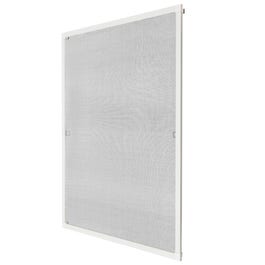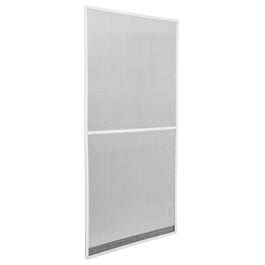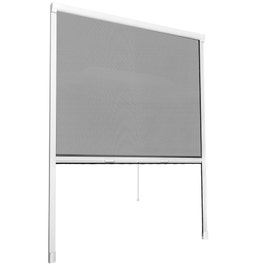Security bars make your window burglar-proof
Basement and ground floor windows have long been popular with thieves as a way to get into your home and take what they please. Stay a step ahead of burglars and cover your window with durable window mesh grilles made from robust materials such as cast iron or zinc-plated stainless steel. The crime statistics are in: if it takes a burglar longer than 28 seconds to break in, they’ll move on...
Did you know? High-quality safety grilles now come in a range of decorative designs such as especially enchanting winding branches or decorative little birds. This means that your window bars aren’t just a functional security measure, but also an eye-catching addition to your window!


